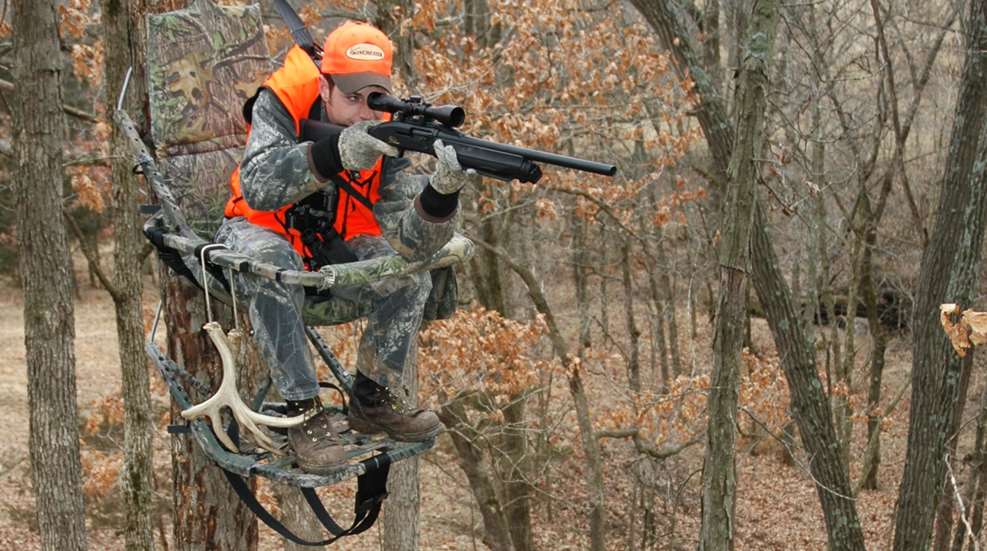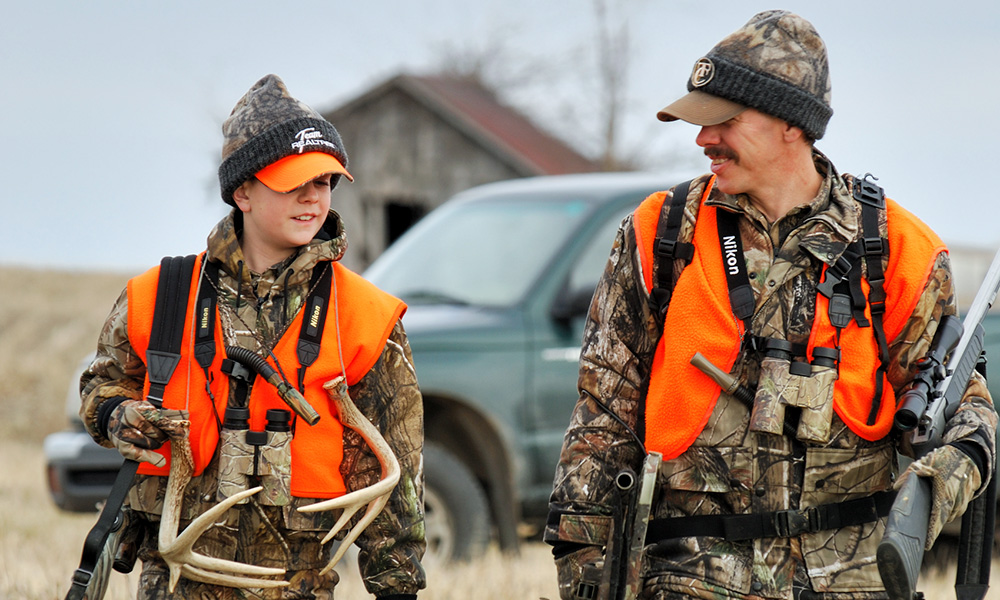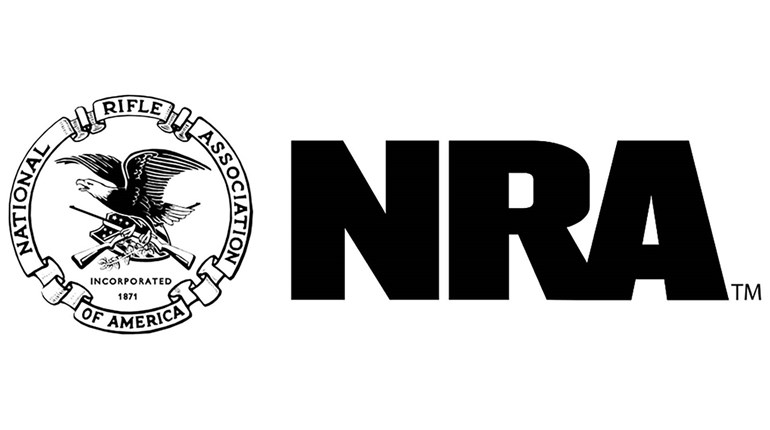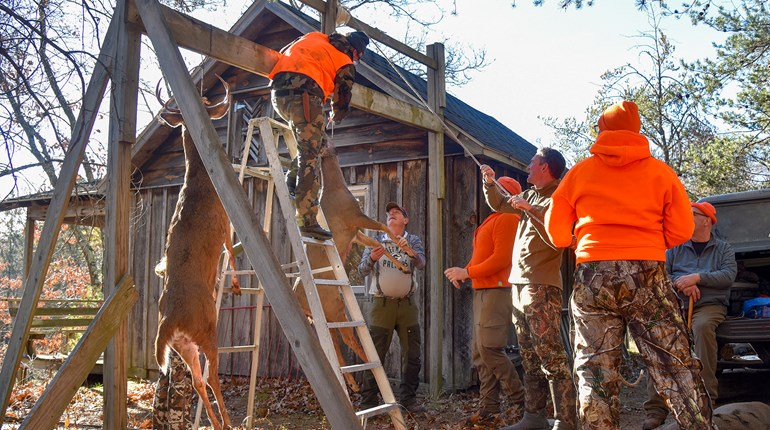
When asked why deer hunting in the United States has grown safer the past half-century, most experts cite mandatory hunter-education training in all 50 states, and mandatory or widespread acceptance of blaze-orange clothing.
Colorado, for instance, opened the door to safer hunting in the 1950s by offering voluntary hunter-education training, and then mandating blaze orange in 1968. The state averaged 10.1 hunting fatalities annually during the 1960s, but it has cut that average to one since 2000.
Wisconsin first taught the NRA’s hunter-education course from 1962 to 1966, and then launched its own program in 1967. The state has certified 1.25 million hunters in the program’s 55-year history. It also mandated blaze-orange clothing in 1980, and hunter-education certification in 1985. By the early 2000s, Wisconsin averaged four shootings per 100,000 deer hunters annually, a nearly seven-fold improvement from 40 years before.
Alabama followed a similar path after averaging 9.5 shootings per 100,000 hunters during the 1970s. It mandated blaze orange in 1985-86 for its firearm deer season, and then hunter education in 1993-94. Those moves cut Alabama’s accidental-shooting rate nearly in half to five accidents per 100,000 hunters from 2000 to 2010. The rate dropped to 4.2 accidents per 100,000 the past decade.
Also note that many whitetail states had far more deer hunters the past 30 years than they did during the 1950s and ’60s. Wisconsin, for instance, had 432,000 gun-deer hunters in 1966 and 695,000 in 2000, and yet its deer seasons have been nearly six times safer in the new century. Specifically, Wisconsin averaged 40 shootings during its deer seasons from 1950 to 1964, but only 7.3 shootings annually the past 18 seasons.
Fatalities Plummet
In fact, Wisconsin suffered only six total fatal deer-season shootings the past 12 years, and no one died of a gunshot in eight of its past 12 deer seasons. That’s a vast departure from 1914 when the state recorded 24 shooting deaths during deer season, and from 1959 and 1970, when it recorded 13 fatal shootings both years. Wisconsin recorded its first fatality-free deer season in 1973, but then suffered at least one shooting death for 37 straight years before its current safety streak began in 2010.

Despite the benefits and impacts of hunter education and blaze-orange clothing, those aren’t the only safety factors at work. Wildlife agencies are also spending more time and money on public-service advertising before deer season to remind hunters what they learned in hunter education classes.
Conservation wardens and hunter-education instructors also credit better gear, safer tactics, stricter access, better ethics and smaller hunting parties. Tim Lawhern worked as a Wisconsin conservation warden for 25 years, and twice served as president of the International Hunter Education Association while on its governing board from 1996-2010.
“You see better guns and gear, and more controlled hunting scenarios today than when I started my career in 1989,” Lawhern said. He said riflescopes largely replaced iron sights by the late 1990s, and more hunters upgraded from old lever-action rifles with exposed hammers and no safety. Later in his career, he also saw fewer hunters gathering for large-scale drives.
“Hunters are usually confined to smaller lands now, they’re better clothed and equipped to sit and wait for deer, and they’re usually shooting downward from elevated blinds and treestands, reducing ricochets,” Lawhern said. “And with smaller groups, you have fewer shooters and fewer potential victims. I also saw fewer people hunting after the first day or two. We hate to see fewer hunters afield, but it reduces the potential for shooting incidents.”
Social Change
Lawhern also said subtle changes in the “social landscape” are chipping away at attitudes and behaviors that once created dangers. For instance, most hunters today frown on slob behaviors like “ground-checking” or “shoot and sort.”
“Anything that causes someone to check carefully for antlers, or wait for a clear view of the vitals reduces careless shooting,” he said.
That wasn’t always the case, which Aldo Leopold discussed in his 1949 book A Sand County Almanac. Leopold wrote: “A common denominator of all sporting codes is not to waste good meat. Yet it is now a demonstrable fact that Wisconsin deer hunters, in their pursuit of a legal buck, kill and abandon in the woods at least one doe, fawn, or spike buck for every two legal bucks taken out. In other words, approximately half the hunters shoot any deer until a legal deer is killed.”
Leopold wasn’t exaggerating about his contemporaries. He was aware of data later published by Burton Dahlberg and Ralph Guettinger in their 1956 book The White-Tailed Deer in Wisconsin. They cited post-hunt reports, searches and field surveys from Leopold and others that documented these findings: Eight doe carcasses on a 300-acre property in 1928; 60 illegal deer per 100 legal bucks in 1938; 68 dead or wounded bucks, does and fawns left behind for each 100 legal bucks taken home in 1939; “an illegal kill equal to the legal kill, plus a crippling loss of legal bucks equal to one-third of the legal kill” in 1941; 130 illegal deer for every 100 legal bucks in 1947; and 67 illegal kills per 100 legal fork-horned bucks in 1948.
Worse, Dahlberg and Guettinger wrote: “Almost all evidence collected in Wisconsin since 1941 indicates these estimates … are, if anything, conservative.”
Conclusion
Lawhern said slob behavior still occurs, but no current surveys reveal carnage like that. “Hunters today are doing a better job policing their ranks,” Lawhern said. “They’re turning in slobs and poachers, and watching each other’s muzzles. They’ve quit hunting with people who don’t keep their finger outside the trigger guard. All those things add up to big differences.”





































